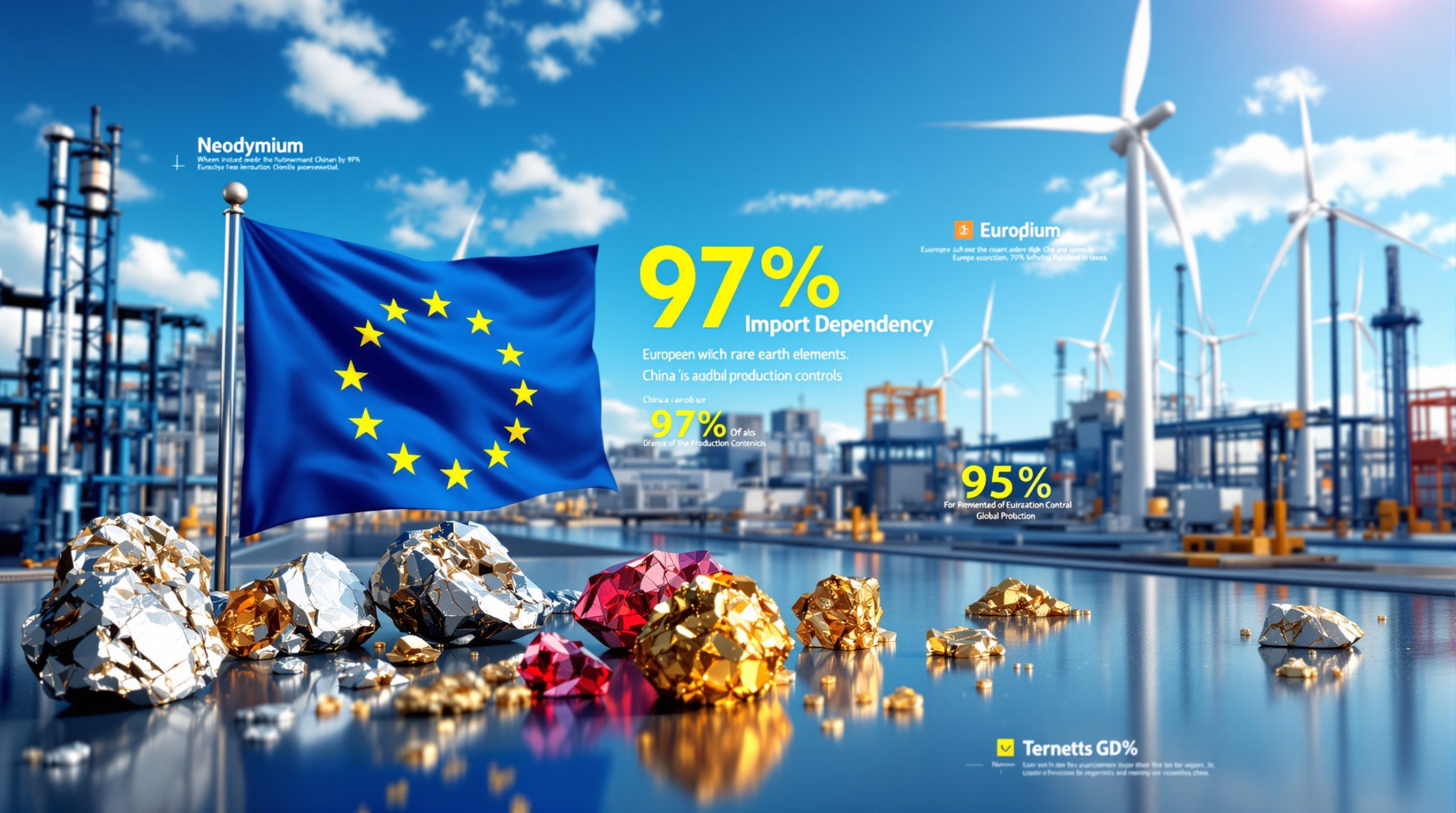Why Is Wall Street Returning to Oil and Gas Investments?
After years of hesitation, major financial institutions are cautiously re-engaging with the oil and gas sector, driven by a complex mix of economic realities and policy shifts. This renewed interest marks a significant departure from recent investment trends focused heavily on renewable energy and ESG principles.
The Valuation Opportunity
The ESG movement inadvertently created a significant investment opportunity by depressing oil and gas company valuations to historically low levels. In 2020-2021, major companies like ExxonMobil saw their price-to-tangible book value ratios fall below 1, compared to historical averages around 3. This undervaluation attracted value investors seeking bargains in an otherwise expensive market.
According to Bloomberg Opinion columnist Javier Blas, this created a perfect storm for contrarian investors who recognized the disconnect between fundamental value and market perception. These investors capitalized on the opportunity while others avoided fossil fuel investments entirely.
The Geopolitical Reality Check
The Russia-Ukraine conflict triggered an energy security crisis that forced a pragmatic reassessment of fossil fuel investments. When energy prices spiked and supply chains faltered, investors recognized that the transition away from hydrocarbons would be longer and more complex than previously assumed.
This geopolitical shock highlighted the continued importance of energy security and domestic production capabilities, lending support to traditional energy stocks that had previously fallen out of favor.
The Policy Pendulum Swing
Recent policy shifts have created a more favorable regulatory environment for traditional energy companies. The Alaska drilling policy shift has reduced regulatory uncertainty, making the sector more attractive to institutional investors previously concerned about potential restrictive measures.
The shift represents a more balanced approach to energy policy that acknowledges the ongoing importance of oil and gas in the global energy mix, even as renewable alternatives continue to grow.
How Are Major Oil Companies Responding to Market Signals?
Strategic Repositioning by European Majors
European oil giants have significantly walked back their ambitious renewable energy targets:
-
Shell's CEO Wael Sawan publicly stated that reducing global oil and gas production would be "dangerous and irresponsible"
-
BP scaled back its 2020 pledge to reduce oil output by 2030
-
Both companies have canceled major biofuels plants in the Netherlands
-
TotalEnergies announced plans to sell 50% of its North American solar assets
These reversals reflect the challenging economics of renewable projects amid rising interest rates and supply chain disruptions, as well as pressure from investors for continued strong returns.
American Majors Double Down on Core Business
U.S. oil majors have maintained their focus on traditional energy:
-
ExxonMobil and Chevron continued investing in the Permian Basin throughout market volatility
-
Expanded exploration in high-potential regions like Guyana
-
Maintained disciplined capital allocation focused on shareholder returns
-
Occidental is considering selling its petrochemicals division for approximately $10 billion
The American majors' strategy has proven resilient, with their consistent focus on core operations now attracting renewed investor attention as European competitors pivot back toward similar models.
Production Strategy Shifts
Norway's Equinor, despite its home country's leadership in electric vehicle adoption and renewable energy, expects to maintain high oil and gas production levels through 2035, acknowledging the uneven pace of energy transition.
This strategic positioning illustrates how even companies based in environmentally progressive markets recognize the extended timeline required for energy transition. According to Equinor's fourth quarter and full year 2024 results, the company intends to maintain a high level of oil and gas production in Norway "all the way to 2035."
What Financial Metrics Show the Sector's Recovery?
Valuation Rebounds
Oil company valuations have partially recovered from their 2020 lows:
-
ExxonMobil now trades at approximately 1.8 times the value of its assets, up from below 1 during the market trough
-
BP shares have gained roughly 30% since their April lows earlier this year, reflecting renewed investor confidence
-
The sector still offers value compared to tech and other S&P 500 sectors, providing potential upside for investors
This recovery demonstrates the market's renewed appreciation for the sector's cash generation potential and dividend yields in an uncertain economic environment.
Investment Return Focus
Despite improved market sentiment, oil companies remain committed to financial discipline:
-
Prioritizing debt reduction and shareholder returns over aggressive expansion
-
Maintaining capital expenditure restraint despite improved cash flows
-
Focusing on high-return, short-cycle projects with faster payback periods
This disciplined approach has helped rebuild investor trust and supported higher valuations, with companies favoring share repurchases and dividend increases over speculative growth projects.
What Challenges Still Face the Oil and Gas Sector?
Price Volatility Concerns
With oil price movements hovering below $70 per barrel and predictions of potential oversupply, companies remain cautious about long-term investment decisions. This price environment encourages continued financial discipline rather than aggressive expansion.
The cyclical nature of oil prices continues to present a challenge for long-term planning, with companies maintaining flexibility to adjust capital expenditures as market conditions evolve.
LNG Market Uncertainty
The liquefied natural gas market faces potential oversupply in the near term, creating uncertainty for companies with significant LNG portfolios and planned projects.
Despite strong long-term demand projections, particularly from Asian markets, the near-term glut risk has prompted companies to carefully evaluate the timing and scale of new LNG investments.
Renewable Economics Challenges
Renewable energy investments have faced headwinds from:
-
Rising interest rates making capital-intensive projects more expensive
-
Supply chain disruptions increasing equipment costs
-
Challenging economics compared to core oil and gas operations
These factors have contributed to European majors scaling back their renewable ambitions, focusing instead on projects that meet their traditional return thresholds.
Investor Expectations
Investors who have remained with oil companies through recent market turbulence now expect continued financial discipline and returns, creating pressure to maintain shareholder-friendly policies.
The market now rewards companies that demonstrate capital discipline and clear return pathways rather than those pursuing aggressive growth or diversification strategies with uncertain payoffs.
What Does This Mean for Energy Investment Strategy?
Balanced Portfolio Approach
Institutional investors are increasingly adopting a balanced approach that:
-
Recognizes the continued importance of traditional energy sources
-
Acknowledges the long-term transition toward lower-carbon alternatives
-
Focuses on companies with strong balance sheets and disciplined management
This represents a more pragmatic view of energy transition, with portfolios that include both traditional energy leaders and selective exposure to emerging clean technologies.
Focus on Capital Discipline
The most attractive oil and gas investments demonstrate:
-
Prudent capital allocation prioritizing returns over growth
-
Low breakeven prices that can weather market volatility
-
Clear strategies for navigating energy transition challenges
Companies that maintain disciplined approaches to capital allocation are rewarded with premium valuations, creating a virtuous cycle of investor support.
Selective Growth Opportunities
Despite overall caution, specific growth areas continue attracting investment:
-
LNG infrastructure in regions with secure long-term contracts
-
Low-cost, high-return Permian Basin operations
-
Strategic offshore projects with substantial reserves, like BP's recent $5 billion Gulf of Mexico project approval
These focused growth initiatives allow companies to maintain production while generating the cash flow needed to support shareholder returns.
How Might This Trend Evolve?
Cyclical Investment Patterns
The oil and gas sector has historically moved through investment cycles, and the current phase of disciplined growth and shareholder returns may eventually give way to more aggressive expansion if market conditions remain favorable.
Industry observers note that the pendulum has swung from underinvestment toward a more balanced approach, with potential for increased capital deployment as confidence in long-term demand continues to build.
Dual-Track Strategies
Major energy companies will likely continue pursuing dual strategies that:
-
Maximize returns from existing fossil fuel assets
-
Selectively invest in lower-carbon opportunities with attractive economics
-
Maintain flexibility to adapt to evolving market conditions
This balanced approach allows companies to generate near-term cash flow while positioning for long-term industry evolution.
Regulatory Uncertainty
Future policy shifts could significantly impact investment trends, creating continued uncertainty for long-term capital allocation decisions in the sector.
Companies are developing adaptive strategies that can withstand various policy scenarios, prioritizing flexibility and resilience in their business models.
Wall Street's Pragmatic Reassessment
Wall Street rediscovers oil and gas represents a pragmatic reassessment of energy realities rather than an abandonment of transition goals. Investors recognize that while the long-term trajectory toward cleaner energy continues, traditional energy sources will remain critical to global energy security for decades to come.
The most successful energy companies will be those that can balance shareholder returns, operational excellence, and strategic positioning for an evolving energy landscape. This balance acknowledges both the ongoing need for fossil fuels and the gradual shift toward a more diverse energy mix.
Implications for Investors
For investors, this rebalancing presents opportunities in a sector that continues to offer attractive valuations compared to broader market metrics. Companies with strong balance sheets, disciplined capital allocation, and strategic flexibility are particularly well-positioned.
Value investors who maintained exposure to the sector through recent volatility have been rewarded with share price recoveries and strong dividend yields, while new entrants can still find relative value compared to frothy technology and growth sectors.
The Path Forward
As the market's perspective on oil and gas continues to evolve, the focus remains on companies that can deliver consistent returns while navigating the complexities of energy transition. The recent US oil production decline and OPEC production impact have further complicated the industry landscape, leading to oil prices easing in some markets. The sector's rehabilitation in investors' portfolios represents a recognition of energy's fundamental importance to the global economy and the extended timeline required for meaningful transition.
Disclaimer: This article contains analysis of market trends and company strategies based on current information. Energy markets are inherently volatile, and future performance may differ significantly from past results. Investors should conduct their own research and consider their risk tolerance before making investment decisions.
Looking for Early Insights on Energy Market Shifts?
Stay ahead of the curve with real-time alerts on significant ASX resource announcements powered by Discovery Alert's proprietary Discovery IQ model, transforming complex market data into actionable investment opportunities. Visit Discovery Alert's discoveries page to explore how major mineral and energy findings have historically delivered exceptional returns for early investors.




